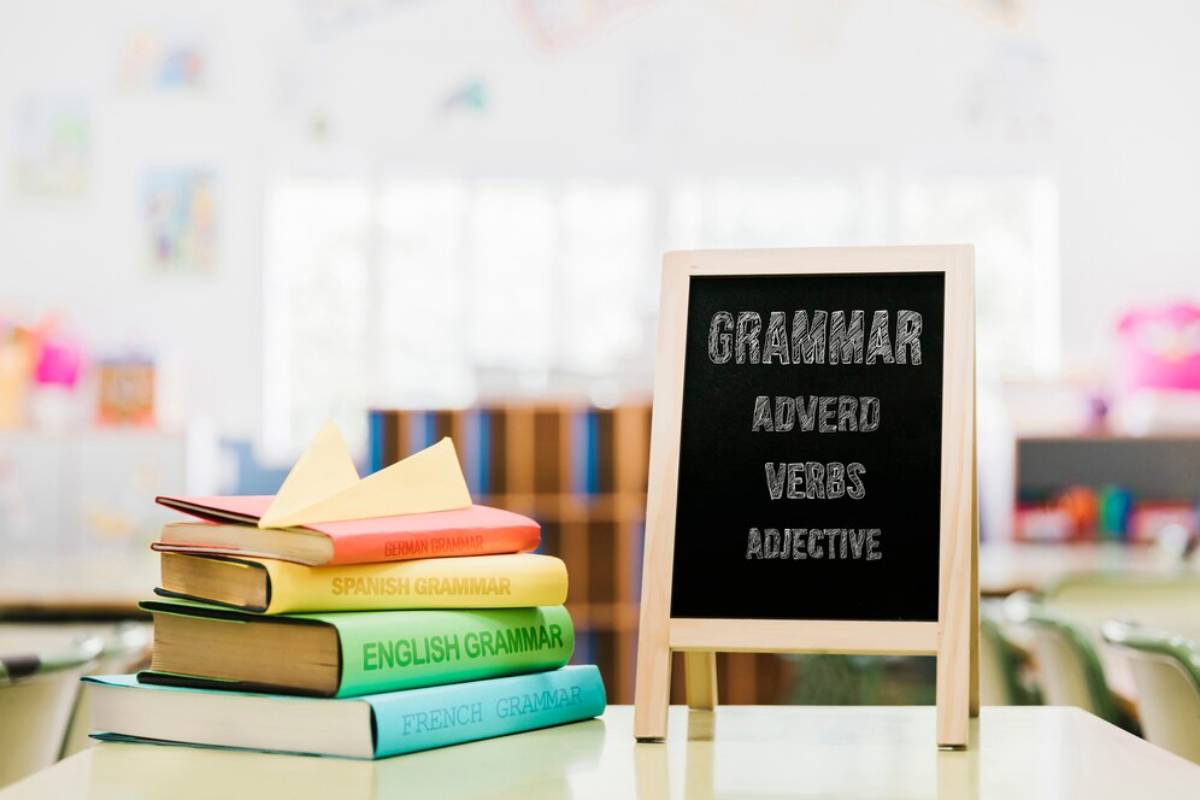
How to Find a Language Partner Online for Free
You can memorise vocabulary, repeat grammar drills, and listen to endless podcasts—but until you start speaking, you won’t truly internalise a new language.
The fastest way to improve? Regular conversations with a real person.
Luckily, you don’t need to pay for tutors or fly abroad to get that practice. With today’s digital tools, finding a free language exchange is easier than ever.
In this guide, you’ll learn how to find a language buddy, connect for online speaking practice, and build a system that keeps you motivated, accountable, and growing.
Why Speaking Practice Speeds Up Language Learning
Languages aren’t meant to stay in your head. They’re built for interaction—spoken words, real time replies, and emotional expression.
Here’s why language partners help you progress faster:
- You build confidence. Mistakes become learning tools instead of obstacles.
- You fix grammar through use. Not just memorisation.
- You improve pronunciation and listening in real situations.
- You stay motivated. Accountability keeps you consistent.
Pro tip: Speaking early—before you feel “ready”—helps you grow faster. Don’t wait for perfection.
Quick Guide: How to Find a Language Partner Online (Free & Fast)
Before diving into platforms, here’s a snapshot of what you need:
- Choose your target language and level.
- Decide how often you want to practise.
- Set time zones and availability.
- Pick the right exchange format (text, audio, video).
- Try multiple platforms to find the best fit.
- Be clear about goals and expectations with your partner.
- Use shared topics, games, or tasks to keep it fun.
- Track your progress and reflect after sessions.
- Be consistent—even short chats add up.
- Be patient. It takes time to find the right rhythm.
Step-by-Step Guide: How to Find a Language Partner Online for Free
1. Use Shared Topics and Tools to Stay Engaged

It’s easy for early exchanges to feel awkward. Use prompts, games, or shared tools to keep things lively.
Try:
- Language exchange question lists (e.g. “What’s your favourite childhood food?”)
- Topic wheels or online conversation cards
- Describing a photo or meme together
- Watching the same short video, then discussing it
You can also practice with techniques like shadowing together to build real-time listening and repetition skills.
2. Choose the Right Language Exchange Format
Not all language exchanges look the same. Start by deciding what works for your goals and comfort level.
Options include:
- Text chat: Great for beginners or shy learners.
- Voice calls: Build pronunciation and listening.
- Video calls: Add facial expressions and body language.
- Hybrid chats: Mix of messages and voice notes (on WhatsApp or Telegram).
- Language journals: Written exchanges where partners correct each other’s text.
Choose the format you’re most likely to enjoy and stick with.
3. Explore the Best Free Language Exchange Platforms
Here are some top sites and apps to get started—completely free:
HelloTalk
- Chat with native speakers via text, audio, or video.
- Built-in correction tools.
- Feels like a social network for language learners.
Tandem
- Match with partners based on goals and interests.
- Supports voice and video calls.
- Free with optional premium features.
ConversationExchange
- Old-school but effective.
- Search users by language and location.
- Option for email, chat, or face-to-face (if local).
Speaky
- Quick-matching system.
- Web and mobile app.
- Easy for casual chat sessions.
Reddit (e.g. r/Language_Exchange)
- Find partners through weekly match threads.
- Great for niche languages.
- Works best with initiative and clear expectations.
Tip: Don’t just join one. Test a few to find the vibe and user base that fits you best.
4. Create a Great Profile That Attracts Good Matches
Think of your profile as a friendly introduction.
Include:
- Your native language(s) and target language(s).
- Your level (“Beginner in French, Intermediate in German”).
- Your availability (days, time zones).
- What kind of exchange you want (text only, video calls, structured practice, etc.).
- A little about your hobbies or interests (to help spark a connection).
Be honest and specific. The clearer your profile, the better your matches.
5. Reach Out with Friendly, Clear Messages
Many users hesitate to start a conversation. Don’t wait. Reach out with warmth and clarity.
Example message:
“Hi! I’m learning Spanish and would love to chat with a native speaker. I can help with your English in return. I’m free on weekday evenings (GMT). Let me know if you’re interested!”
Avoid vague messages like “Hi” or “Wanna chat?”—they rarely get replies.
6. Set a Simple, Repeatable Schedule
Even 20 minutes twice a week adds up. Set a rhythm that fits your life.
Options:
- Monday + Thursday mornings before work
- Saturday afternoons with a cup of tea
- Daily 10-minute audio messages on Telegram
Stick to a time that feels easy. The best routine is one you can repeat without stress.
7. Track Your Wins and Reflect
After each session:
- Write 1–2 things you learned.
- Note a phrase or mistake to review.
- Rate how comfortable you felt speaking.
You might do this in a journal, spreadsheet, or note app.
Tracking builds awareness and momentum.
8. Be Patient and Keep Showing Up
Not every partner will stick. Some will disappear. Some won’t click. That’s okay.
The goal is to keep going until you find a good match—or two.
Remember:
- You don’t need dozens of partners. One reliable buddy can transform your fluency.
- Everyone feels awkward at first. Confidence grows with reps.
- Progress compounds. Each small conversation brings you closer to your goals.
Best Practices for Long-Term Success

- Celebrate small wins: First 10-minute call? First full sentence without help? That’s huge.
- Review vocabulary together: Teach each other slang, idioms, or filler words.
- Correct gently: And ask to be corrected often.
- Share culture. Talk about music, news, and daily life. Language lives in context.
- Pair your chats with self-study: Use apps, podcasts, and notes to support your speaking.
If you want help creating a consistent rhythm, pair this with Building a Daily Language Habit in 15 Minutes for a full accountability system.
FAQs
1. Is it safe to talk to strangers online for language exchange?
Yes, if you use trusted platforms and set boundaries. Start with text or audio until you feel comfortable.
2. How long before I feel confident speaking?
Most learners feel major improvement within 3–6 weeks of consistent conversation.
3. Do I need to speak perfectly before I start?
No. In fact, starting before you’re ready helps you learn faster through real interaction.
4. What if I don’t have time for live calls?
Try asynchronous exchanges—voice notes or written messages work just as well.
Speaking Your Way to Fluency Starts Here
Language learning isn’t just about memorising words—it’s about connecting with people.
When you find the right language buddy, you accelerate your fluency, build cultural understanding, and make the process a lot more fun.
With today’s tools, starting is simple—and free.
Download our Language Partner Starter Kit and start your first conversation today.


